The Afternaut marketing communications team, E by Afternaut, embarked on our journey to understand the topic of rewilding about 6 months or so ago. After a lot of great conversations, going down deep rabbit holes about rewilding in an urban landscape, and resisting the temptation to chuckle every time we saw the word “biophilia”, we’ve come to an understanding about the place of rewilding in Afternaut’s work in spatial design and passion for placemaking.
It was slightly overwhelming at first, to be honest, as we didn’t know where to start. Many case studies we came across were about things like rewilding native wolves back into their natural habitats. We don't have wolves in Singapore.
But we managed to emerge from the forests of our mind with some key takeaways, fascinating nuggets of knowledge, and came up with some pretty wild ideas of our own. See them here in our Figma board of explorations.
Here are some wild lessons we learned:
You can rewild many things - not just forests.
Did you know that you can rewild homes, commercial spaces, transport, and even ourselves! Rewilding is a huge movement that has invited different various interpretations and approaches; there are many permutations of what rewilding means and what can be rewilded.
As placemakers, understanding rewilding gives us the edge of having a different perspective when we design spaces & experiences. By studying and incorporating the concept of rewilding into our designs, we can potentially create better, more unique spatial experiences and places.
For example, having a clear understanding of what constitutes “wildness” from a movement perspective allows us to incorporate movements that prehistoric humans used to engage in into our designs, thereby making our experiences more dynamic, engaging, and unique.
Imagine a gym in the jungle where the gym “equipment” is the natural landscapes (but it still has to be safe for the humans and the wildlife). Thus it is about placing ourselves in environments that replicate the experience of being outdoors, and not just “insert biophilia here”.
We were in the process of moving offices at the time we had this key takeaway and we imagined an office with swings and steps so people had to climb to get to meeting rooms (of course there would be a more practical route to our meetings). We created the image below on Midjourney.
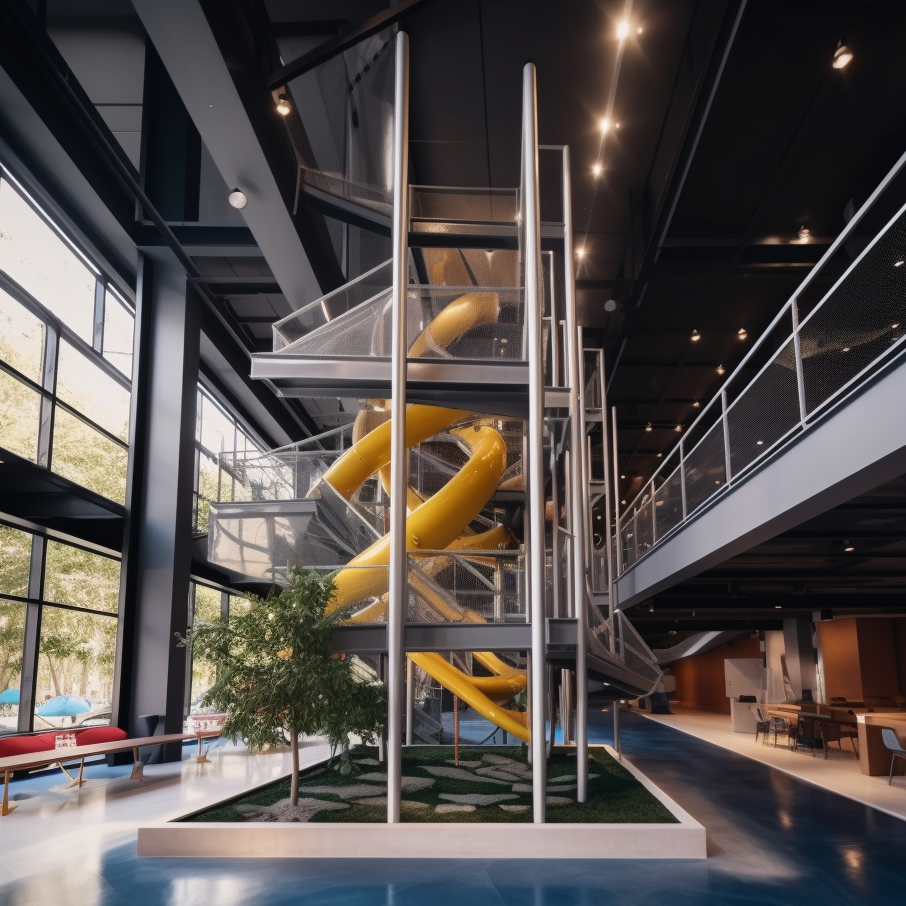
Our office doesn’t look like this at the moment - but it was a crazy, wild idea we had. What if the future of the office was rewilded into something like this?
Before we rewild our environment, we need to rewild our own minds first.
If rewilding means to bring our environment “back to its original state”, what would “bringing our minds back to its original state” mean? (we’ll save the jokes for later :P) In our hunter-gatherer era, we didn’t have any “societal norms”. We were too concerned about finding food for our next meal. Not that we advocate us all moving back into jungles and forests to live in straw huts (we can’t live without modern conveniences, thank you very much).
But in rewilding our minds, we should embrace disorder, spontaneity, and the mystical parts of the world we may not understand. We don’t need to have an explanation for everything. This enables us to open our minds to all kinds of possibilities.
Rewilding the physical world and rewilding the mind are two different things that can have positive impacts on our environment. In rewilding our minds, we understand that nature is much bigger than ourselves and that there’s a bigger world out there. This allows us to release control on some things.
When we let nature take its course, it will heal itself. But sometimes human intervention is needed - in these cases, we guide nature along so that it can heal itself.
How is this related to our work? Afternaut is excited about innovation and creativity, with nature leading the way, we should rewild our own minds in whatever work we do, and whatever things we create.
Rewilding and placemaking are good partners in making the world better for present and future generations
Sounds lofty, we know. But we honestly think that small impacts built up over time will and can improve the way we live. And we’re all about that here at the Afternaut.
We asked ourselves, how can we leverage the concepts and approaches of rewilding to create better cities and places that benefit all living beings, not just human beings, in a sustainable manner?
- More engaging experiences
- More accessible experiences
- More creative experiences
- Mixed-use spaces that include other living beings (think a nature reserve that’s part of a shopping mall?)
- Adaptive Reuse
For example, we thought of repurposing vehicle junkyards by intentionally growing plant species within scrapped vehicles and allowing the space to flourish in its own way, then subsequently open the space for community use. This could also be an event space or tourist attraction, bringing a landmark feature to a neighbourhood that people want to continually come back to and that the local residents will feel proud of having - placemaking in a sense.
And here’s a pretty cool project
Dianne, one of the marcomms team members, has a case study that she particularly likes - the Fresnillo Park in Zacatecas, Mexico (credit to ArchDaily, Alin V. Wallach, Rozana Montiel | Estudio de Arquitectura).
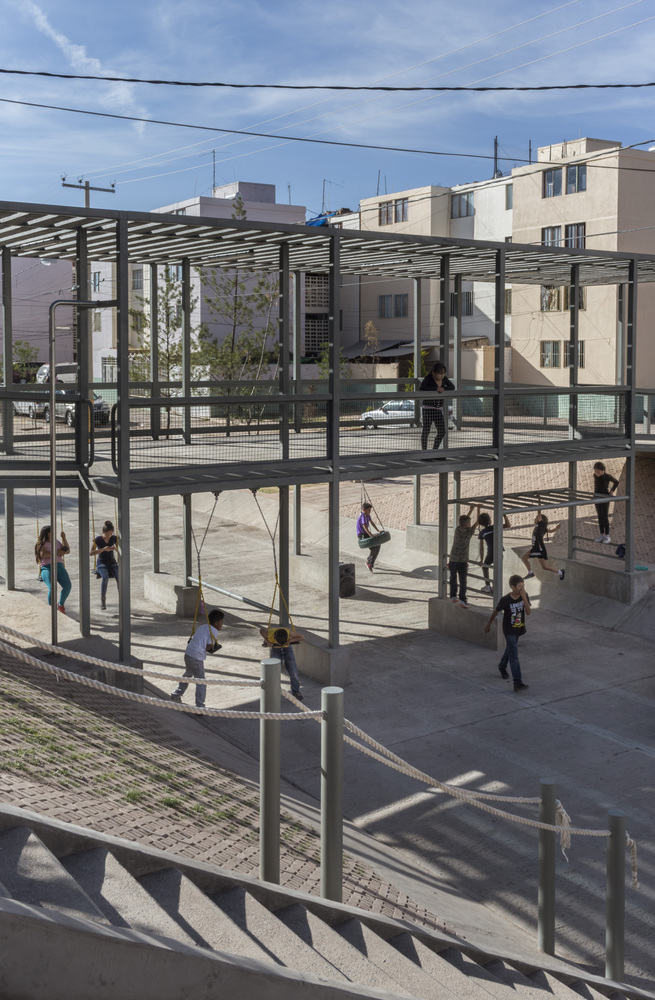
A concrete canal was transformed into a recreational plaza within a housing unit. The area lacked a walkway so the project took the opportunity to “create universal access while also providing a playground and a promenade below”, transforming the space into a meeting place with nighttime lighting.
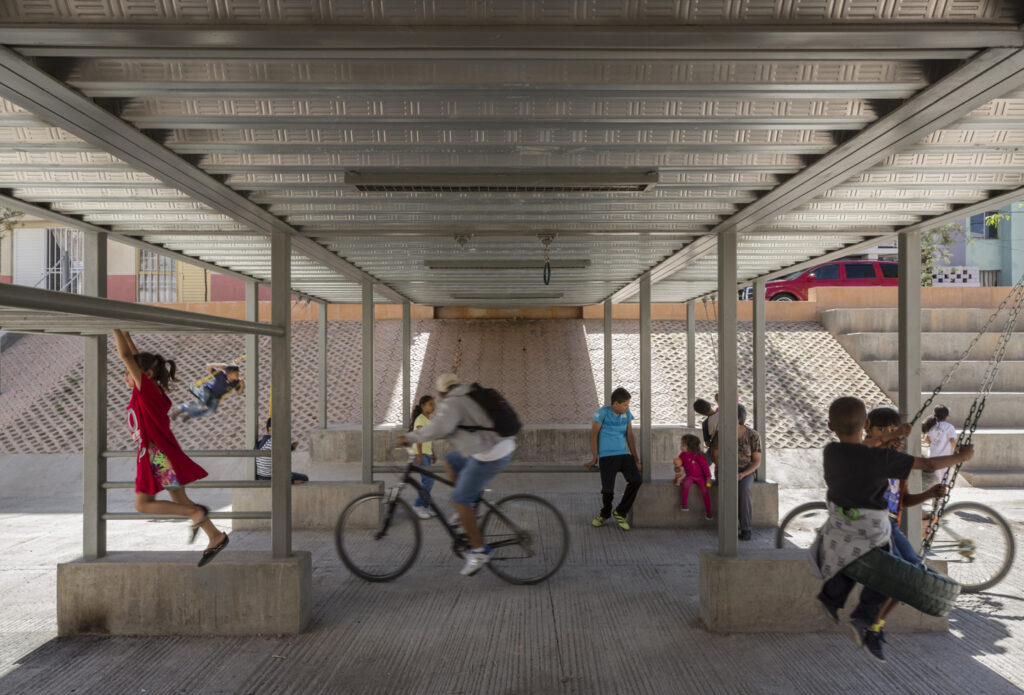
The slopes of the canal were also rebuilt to function as a rest area, a forum, and play area with stairs and slides for climbing and general clambering about. In a sense, this brings back humans to the “wild” state in the built environment. We’re not just inserting greenery wherever looks aesthetically pleasing, but making small adaptations within our environment to “rewild” our behaviours, and our minds.
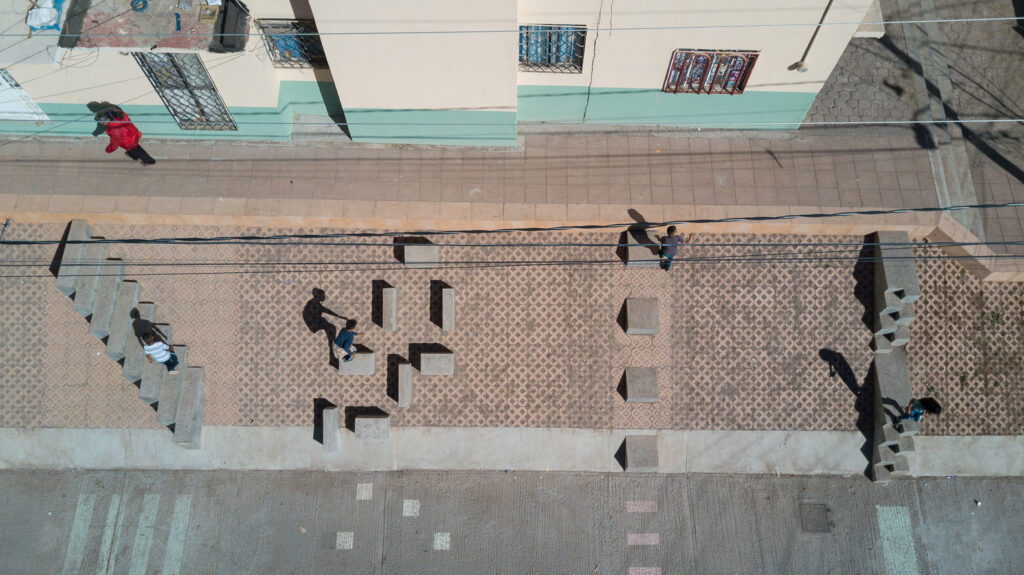
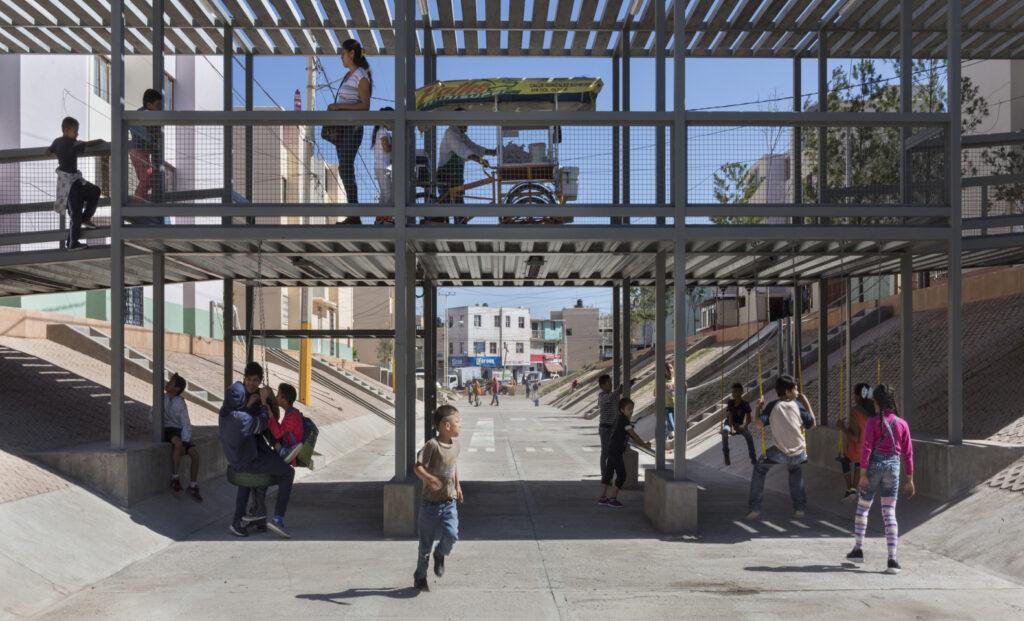
According to the architects on the project, the results were:
- The new space improved the quality of life of people in the housing complex. The colour of the buildings was changed, and residents felt like they had moved to a different place without having moved, creating the feeling of a new beginning, making them feel at ease, home, and causing violence in the neighbourhood to decrease.
- Recycling existing infrastructure transformed the neighbourhood into an attractive skyline.
Thus, not only did residents feel a greater sense of belonging to their home, safety was improved in the neighbourhood with more lights, children had a safe space to play, and residents had a safe route to move about their neighbourhood.
Rebuilding the built environment to resemble shapes and forms closer to nature, and creating the same feelings that nature can give to us - comfort, belonging, security.
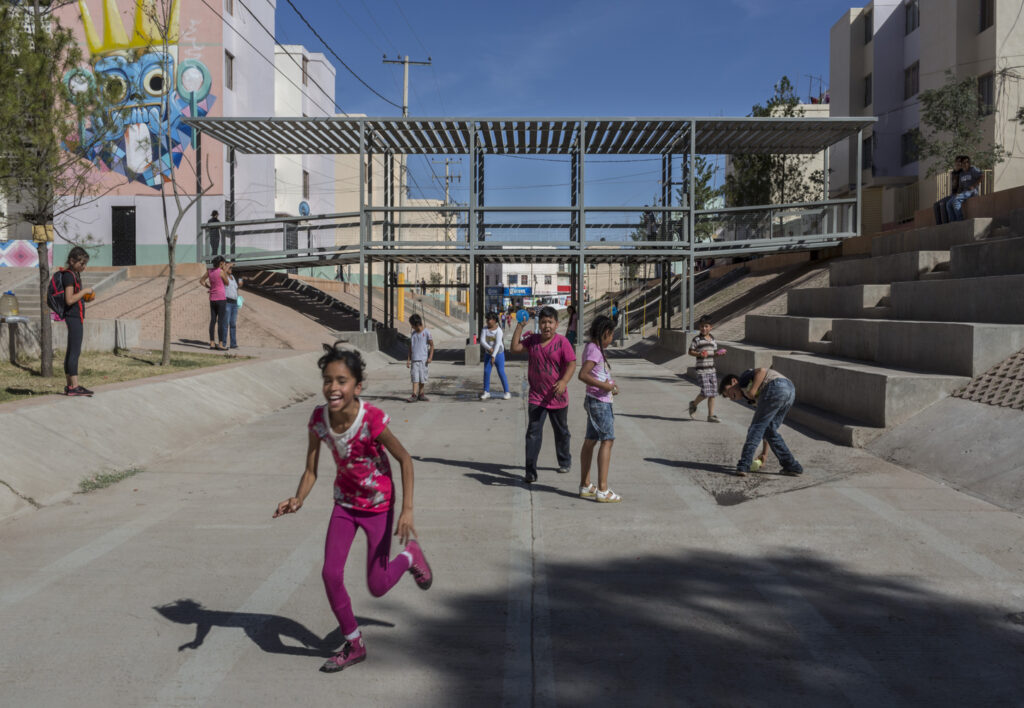
We thought that rewilding would be hard in urban Singapore, but we’ve learned that rewilding doesn’t only have to take place in places with vast natural landscapes. Rewilding in urban spaces is actually a very broad topic with a lot of different applications across work, ecology, and even our daily lives.
After these past 6 months, we’ve only managed to scratch the surface but we’ll take a pause in our journey now in pursuit of our other agenda - E by Afternaut. Our exploration about urban rewilding hasn’t ended and we may revisit it in the future.
Till then, stay wild folks!
